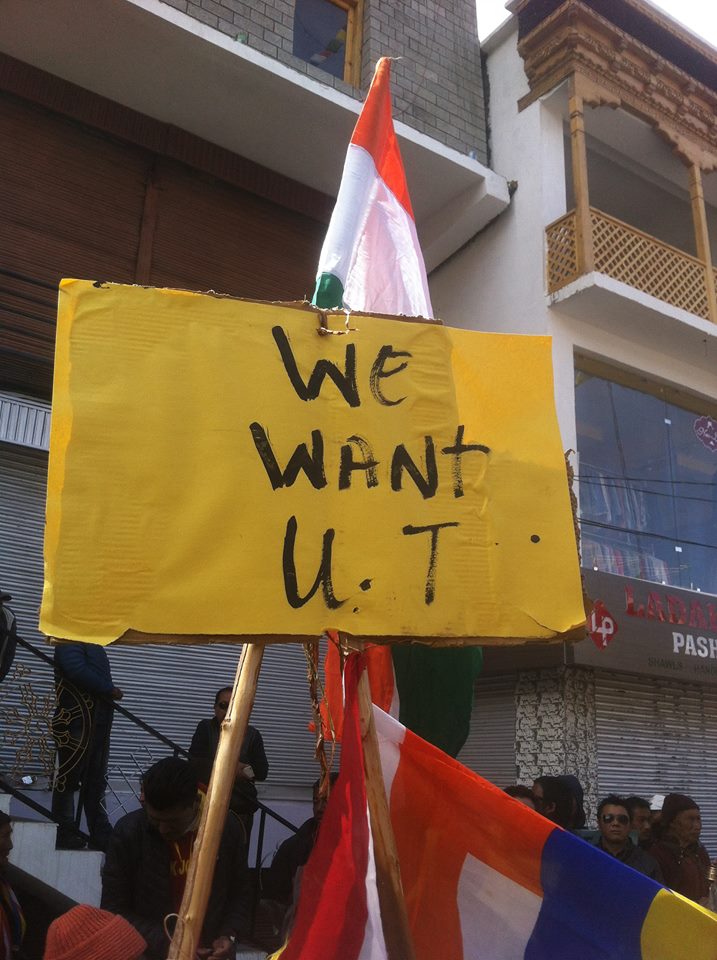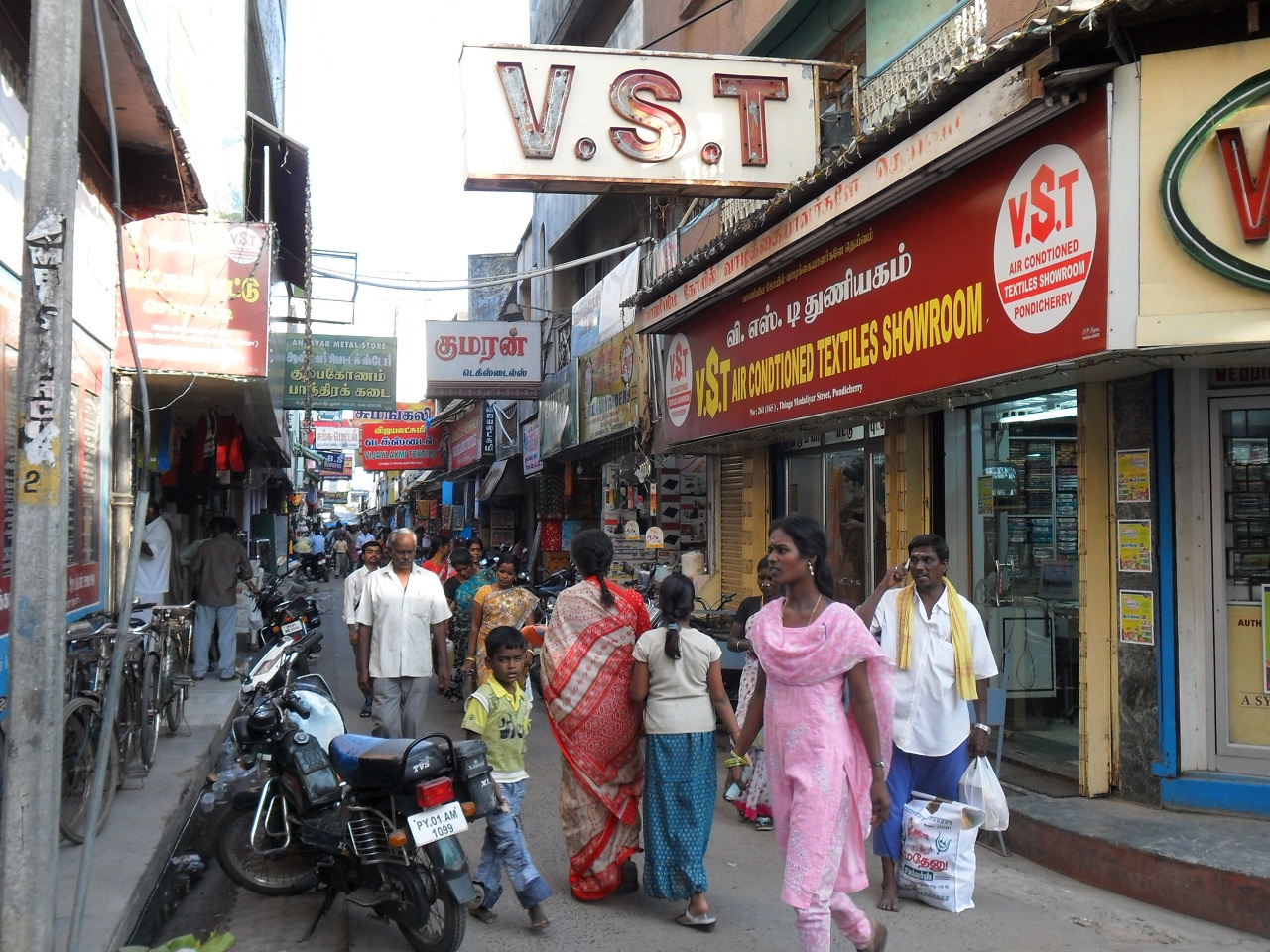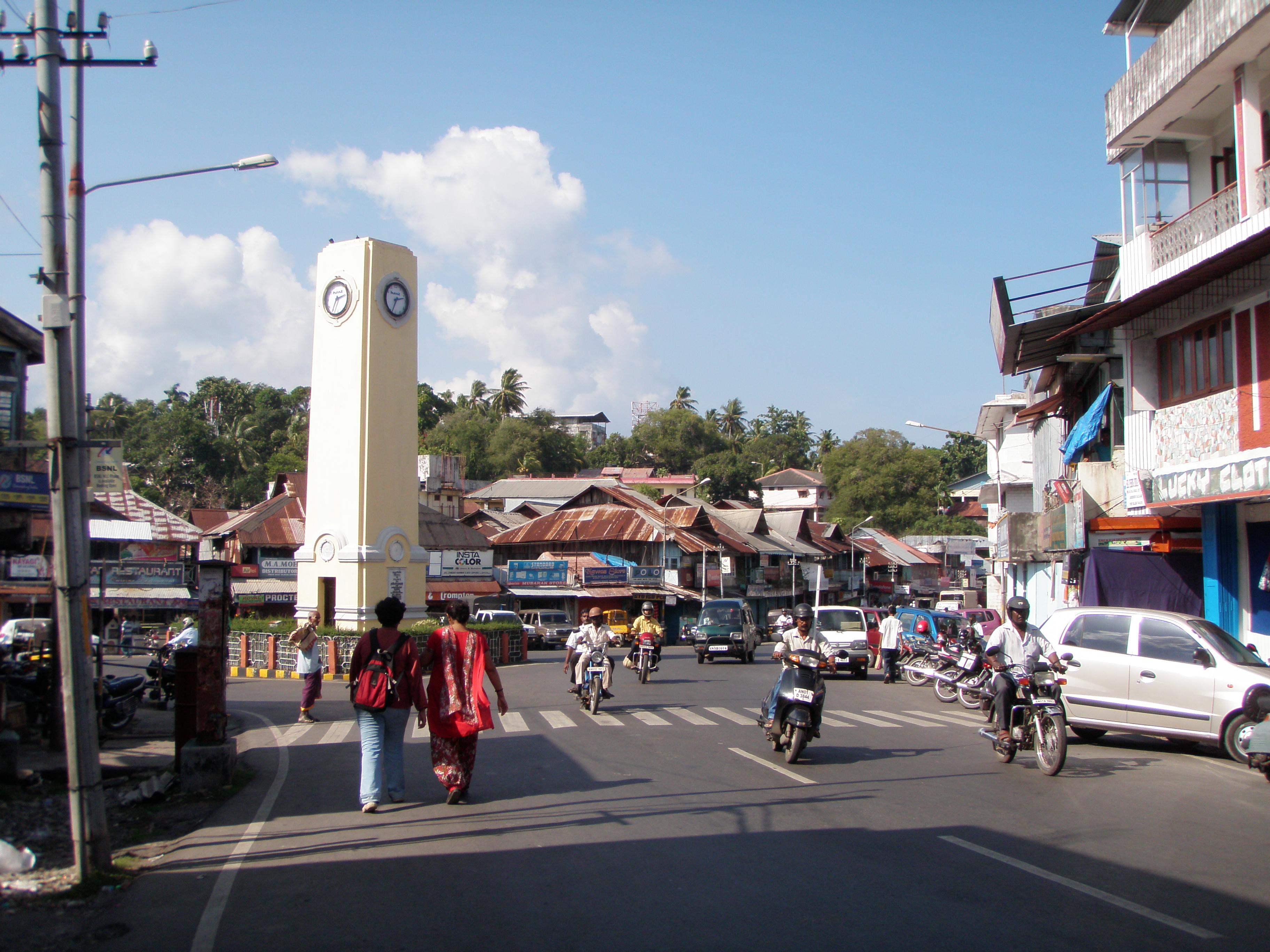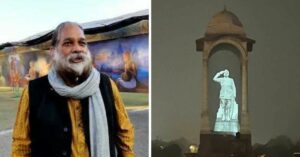Why is Puducherry a Union Territory and Not Ladakh? Here Are Some Reasons
History offers some interesting reasons why these administrative units were carved out.

In September 2016, the four major religious organisations of Leh district in Ladakh submitted a memorandum to Prime Minister Narendra Modi demanding Union Territory status for Ladakh with an elected legislature—thus breaking away from the administrative control of Jammu and Kashmir.
“On behalf of the tribal people of Ladakh, the heads representing the Buddhist communities, the Shia community, the Sunni community and the Christian community in Leh hereby appeal to Prime Minister Narendra Modi for grant of Union Territory Status with legislature for the frontier region,” a memorandum submitted by the four major organisations to the Prime Minister said.
“It is erroneous to equate Kashmir valley with the rest of the State. Ladakh constitutes 69.6 % of the total J&K territory with a distinct geopolitical and geo-cultural identity of its own,” the memorandum goes on to add.
Demand for Union Territory status for Ladakh traces back to the immediate post-Independence period, when a delegation of senior Ladakhi leaders met Jawaharlal Nehru in May 1949, seeking separation from Jammu and Kashmir.

However, until the enactment of the Ladakh Autonomous Hill Development Council Act in 1995, the J&K State constitution did not recognise the federal principle of organising political power that represents the cultural and social heterogeneity of the region, despite demanding the same from the Centre.
A similar situation has arisen in southern Assam’s Barak Valley bordering Bangladesh, which consists of three districts—Karimganj, Cachar, and Hailakandi. In fact, the region has its own Union Territory Demand Committee, which is leading the charge.
“People of the valley have been deprived by Assam for a long time now. Slowly, people have started to realise that separation is the only way out,” said Sanjib Debnath, president of the committee to Scroll.in.
So is a Union Territory the answer to all of this? For that, we need first to understand what a Union Territory is –
It is an administrative unit which comes directly under the jurisdiction of the Central government, unlike States which have their own elected governments with significant powers under the federal structure mandated by the Constitution of India.
India has seven UTs—Delhi, Chandigarh, Andaman and Nicobar Islands, Daman and Diu, Lakshadweep, Dadra and Nagar Haveli and Puducherry. These administrative units come under the direct jurisdiction of the Central government represented by its appointee the Lieutenant Governor or in the case of Daman and Diu, an Administrator.
Both these offices technically represent the President, who also ceremonially appoints them. Although in certain cases, some UTs have an elected legislature and a Chief Minister (Delhi and Puducherry), they don’t have the same powers as State governments.
UTs are governed under Article 239, 239A (creation of legislature and Council of Ministers), 239AA (specifically for Delhi) 239AB (in case the administrative machinery breaks down in the national capital), 239B and Article 240.
How did each of these UTs come into existence?
There isn’t one answer, and the circumstances behind the formation of each UT is very different. Chandigarh, for example, was given UT status because both Haryana and Punjab laid claim to it, and was thus created into a union territory to serve as the capital of both these states.
Read also: How Can India Rid Our Politics of Money, Muscle Power?
One can trace back the creation of UTs to the colonial era Government of India Act, 1935, which divided its provinces into three categories—Governor’s Provinces, Chief Commissioner’s Provinces and the Indian States. As per the Act, the “the Chief Commissioner provinces should be directly administered from the centre ‘by the Governor-General acting to such an extent as he thinks fit through a Chief Commissioner to be appointed by him in his direction’.”
This piece of legislation formed the basis of Article 239 in the Indian Constitution for the governance of Union Territories.
The creation of former French colony Puducherry, for example, was based on the Treaty of Cessation of 1956 which the Indian government signed with the French government for full sovereignty over the territories the latter held.
In 1962, the French Parliament ratified this treaty, and in July 1963, Pondicherry and other enclaves of Yanam, Karaikal, and Mahe came under the administrative unit of the Union Territory of Puducherry. Once governed by very different systems, unlike other regions controlled by the British, these enclaves didn’t want to join up with neighbouring states.
Read also: Delhi Ho Ya Leh: How Ladakhi Youth Can Reclaim Their Cultural Identity
Other reasons for their formation include efficient administration (too small an administrative unit to become a state), protection of indigenous cultures, prevention of political turbulence, strategic compulsions and other related matters of governance. Some have cited the claims of the States Reorganisation Commission, which created States along linguistic lines. Without leaning heavily on the Centre these “economically unbalanced, financially weak, and administratively and politically unstable” territories can’t survive as separate administrative units, it claimed.
“Thus, the State Reorganisation Commission felt that they should be merged with adjoining States or should be centrally administered, along with safeguards being provided in either case for minority or other distinct cultural groups,” writes Sudhir Kumar in his book titled Political and Administrative Setup of Union Territories.
Based on the SRC’s recommendations, Parliament enacted the Constitution (Seventh) Amendment Act, 1956, based on which these territories were declared as Union Territories. The term (UT) was first used in 1956 to designate the territories which could not find parity with States on account of vital strategic or other considerations, notes Sudhir Kumar.

Over the years, the composition of areas called UTs has changed. Initially, states like Himachal Pradesh, Manipur and Tripura were considered UTs. In due course, “some of these UTs attained statehood and few more were added to it as a result of the liberation of foreign pockets in India,” which included the likes of Dadra and Nagar Haveli and Daman and Diu (from the Portuguese).
Coming back to Ladakh, members of the current ruling party at the Centre had promised UT status on the campaign trail. However, the demand for UT hasn’t received unanimous support in Ladakh with the Shia Muslim-dominant Kargil district unwilling to share the aspirations of their Leh counterparts. More pertinently, any attempt at establishing Ladakh as a UT will have to come after the abrogation (or major amendments to) of Article 370, which at this juncture seems unlikely.
As argued earlier, there is no set precedent or basis for the formation of union territories, unlike in the case of states.
The creation of a UT seemingly depends on the political dynamics of the day at the Centre and the particular region in which these demands arise. What the future holds, only time will tell.
Like this story? Or have something to share? Write to us: [email protected], or connect with us on Facebook and Twitter.
NEW: Click here to get positive news on WhatsApp!
This story made me
- 97
- 121
- 89
- 167
Tell Us More
We bring stories straight from the heart of India, to inspire millions and create a wave of impact. Our positive movement is growing bigger everyday, and we would love for you to join it.
Please contribute whatever you can, every little penny helps our team in bringing you more stories that support dreams and spread hope.



















